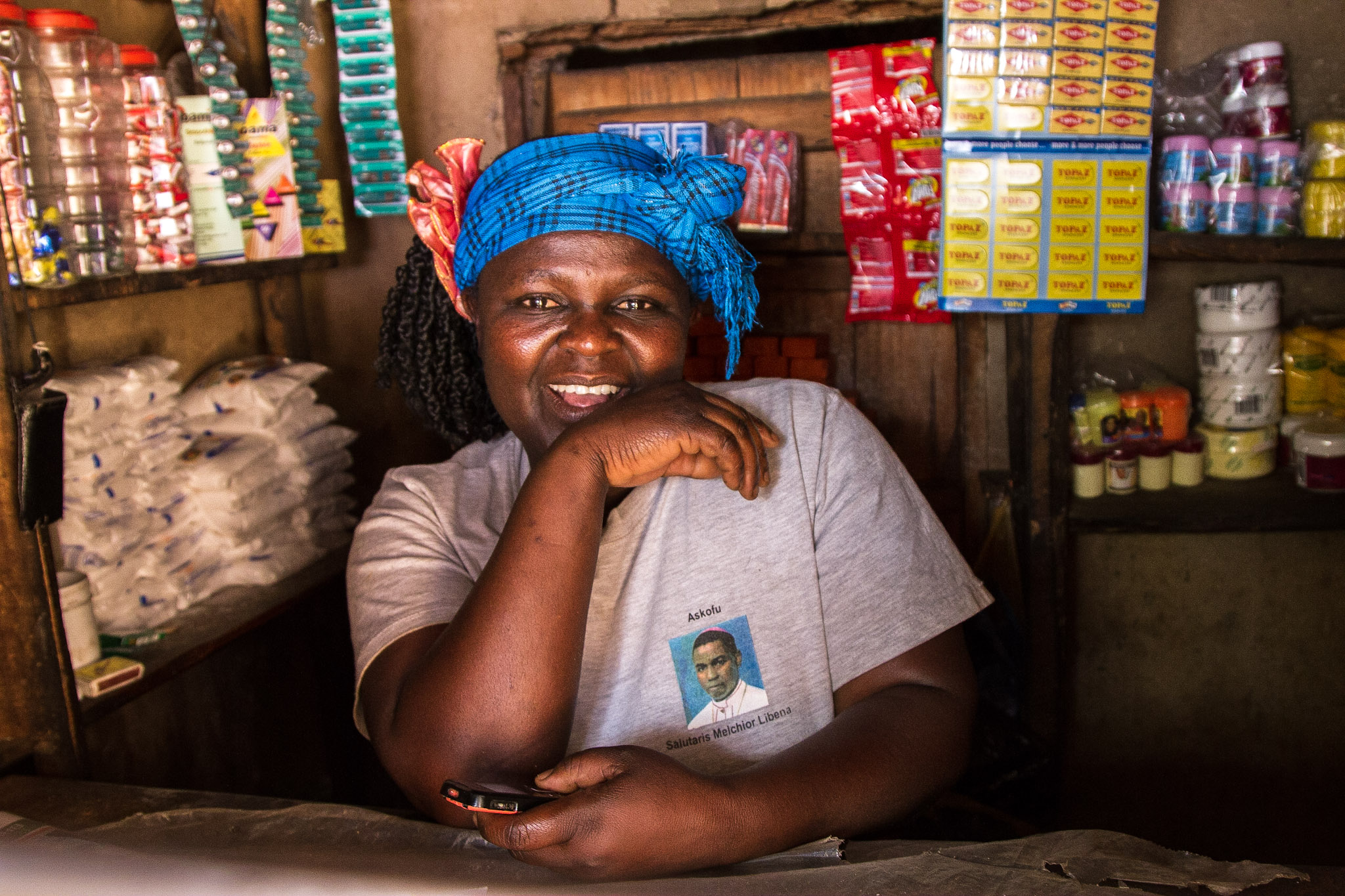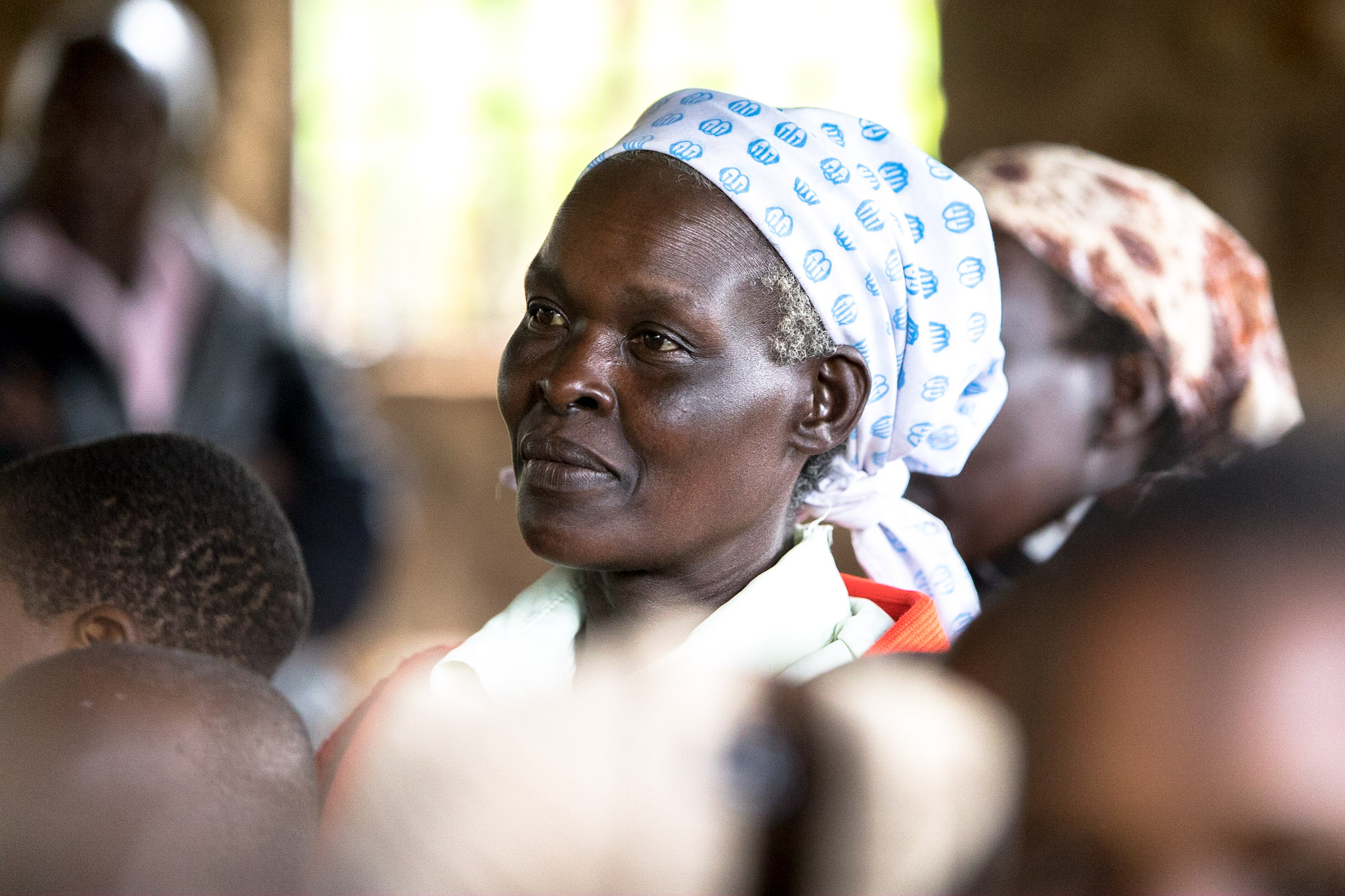This blog post was written by our Engagement & Finance Officer, Sasha Watterson.
Microfinance today is a broad term used to describe financial services (such as loans and savings) which are offered to entrepreneurs, small businesses and individuals who lack access to traditional banking services. Dr Mohammad Yunus is considered a pioneer of modern microfinance. In the 1970s and 80s, he experimented with making small loans (which he funded himself) to women in Bangladesh who had relied on loans with unfair terms in the past.
Since then microfinance has expanded and evolved to include many different structures of microfinance - microcredit, savings-led microfinance, The Grameen Model, savings groups etc. The movement has impacted millions of families over the years, and even today the microfinance landscape continues to develop. For more than a decade Five Talents has been developing a model of savings-led microfinance which allows our clients to build a sustainable income and forge a route out of poverty.
As a microfinance charity, we provide services to more than 35,000 people living in East Africa. Our aim is to give our clients the means to save together (in groups we call Trust Groups) and take small business loans to invest in their micro-enterprises. All Trust Groups are unique and progress at different speeds but most follow a basic model:
Mobilisation: Members form Trust Groups of 75-100 people, subdivided into groups of 3-5 people, who know each other well and are prepared to co-guarantee one another’s loans.
Formation: Members begin saving and are trained in financial literacy and business skills. A Board is elected from amongst the members who are then trained in good governance and oversee all Group meetings and transactions. Groups write their own Constitution and hold elections each year.
Launch of loan scheme: After around 6 months, members start lending to each other and the fund grows through the charging of interest (which is shared out as dividends at the end of the year). Experience shows that groups make very strong credit decisions since each of the members are invested in the loan fund. Throughout this period members continue to receive training in basic business skills.
Trust Group matures: After around 18 months our involvement will begin to decrease as groups mature and are able to operate independently. Groups continue saving and lending together, giving them an ongoing safety net through their savings and the means to keep growing their businesses.
Each microfinance programme is based on a model that is designed and operated by our local partners. They know their communities best and, because the model builds sustainable groups, it allows us to move on and start programmes, supporting more communities. Since 2016, as a result of the generosity of our supporters, we have been accelerating the number of programmes we are starting. Visit our website to find out more about our current programmes, including a brand new programme in DR Congo.









